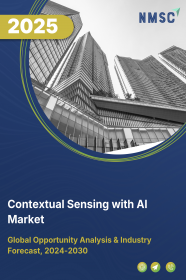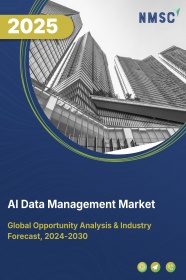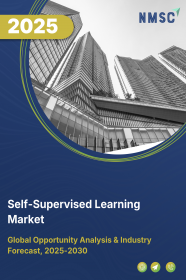
Self-Supervised Learning Market by Technology (Natural Language Processing (Rule Based NLP, Statistical NLP, and Hybrid NLP), by Computer Vision (Computer Vision Application, Quality Assurance and Inspection, Measurement, Identification, and Predictive Maintenance), and by Speech Processing, and by End-User (BFSI, Automotive & Transportation, Healthcare, Media & Entertainment, IT, Manufacturing, and Others)– Global Opportunity Analysis and Industry Forecast 2025-2030
US Tariff Impact on Self-Supervised Learning Market
Trump Tariffs Are Reshaping Global Business
Self-Supervised Learning Market Overview
The global Self-Supervised Learning Market size was valued at USD 16.39 billion in 2024 and is predicted to reach USD 95.14 billion by 2030 with a CAGR of 34.0% from 2025-2030.
The factors such as growing BSFI sector, growing automotive industry worldwide, along with advancement on artificial intelligence and machine learning technologies. However, high cost associated with self-supervised learning systems hinders the growth of the market. On the contrary introduction of GNN and GAN create future opportunities for the growth of the market. Moreover, top players such as Meta and Microsoft Corporation are taking various initiatives such as product launch and others in order to maintain their dominance in the market. Such initiatives by the top players in the market is expected to boost the further growth of the market.
Growing BFSI Sector Boost the Market Growth
The rapidly growing BFSI (Banking, Financial Services, and Insurance) sector across the globe, along with the increasing number of financial transactions everyday drives the adoption of self-supervised learning. This AI technology enhances tasks such as fraud detection, risk assessment, and customer service optimization by processing vast amounts of data without extensive labelling. According to the latest report by the Government of China, around 14.5 billion banks accounts were opened in 2023, an increase of 2.11% from 2022. Also, the number of non-cash transaction in China reached about $7.40 trillion in 2023, growing 9.3% from 2022. With such growth in the BFSI sector, the market for SSL is poised for significant expansion, making financial institutions more efficient, secure and customer centric.
Growing Automotive Industry Worldwide Boosts the Market Growth
The growing automotive industry worldwide further drives the adoption of self-supervised learning technology. This technology helps in improving vehicle safety by allowing the development of sophisticated Advanced Driver Assistance Systems (ADAS) and predictive maintenance solutions, making it an attractive option for automotive companies aiming to stay competitive in the market. As stated by World population review recently, the automotive productions in countries such as Japan, Germany and South Korea reached 7.8 million, 3.7 million, and 3.8 million respectively. As the industry continuous to evolves, the demand for SSL is poised to rise, boosting the growth of the market.
Advancement in AI and ML Technology Boosts the Market Growth
Progress in artificial intelligence (AI) and machine learning technologies is propelling the growth of the self-supervised learning market. As AI and ML technologies develop, they increasingly support more sophisticated and efficient AI training methods models. Advancements in AI and ML technologies increases the ability for SSL systems to process and interpret complex data, and become increasingly effective predictors of patterns and automation of tasks.
High Cost of Self-Supervised Learning Systems Hinders the Market Growth
Self-Supervised Learning (SSL) systems demand extensive data and processing capacity for training, that becomes very expensive. Consequently, many businesses especially start-ups and smaller firms, do not adopt SSL and slow down the overall market.
Introduction of GNN and GAN Create Future Opportunities for Market Growth
In contrast to the above, the main use of graph neural networks (GNNs) and generative adversarial networks (GANs) to create, interpret, and develop complex machine learning models creates multiple opportunities in the next years. The sophisticated neural network models are expanding the ability of AI systems to analyse and generate data and are enabling the development of ever more sophisticated capable solutions across numerous sectors.
Market Segmentations and Scope of the Study
The self-supervised learning market share is segmented on the basis of technology, end user, and region. On the basis of technology, the market is divided into natural language processing (NLP), computer vision, and speech processing. The natural language processing is further divided into rule-based NLP, statistical NLP, and hybrid NLP. The computer vision is further classified into quality assurance and inspection, positioning & guidance, measurement, identification, and predictive maintenance. On the basis of end-user, the market is segmented into BFSI, automotive & transportation, healthcare, media & entertainment, it, manufacturing, and others. Regional breakdown and analysis of each of the aforesaid segments include regions comprising of North America, Europe, Asia-Pacific, and RoW.
Geographical Analysis
North America holds the dominant share of self-supervised learning market and is expected to continue its dominance during the forecast period. This is attributed to the growing investment in healthcare sector by countries including the US and Canada. As per a report from the Centers for Medicare & Medicaid Services, the health spending in the US reached to around $4.84 trillion in 2023 from $4.50 trillion in 2022. Such increase in the healthcare spending drives the adoption of advanced technologies to enhance various applications such as medical imaging, predictive analytics and personalized medicine driving market expansion in the region.
Furthermore, the key players in the market including AWS, IBM Corporation and Alphabet Inc., that are actively growing and innovating through new product launches to meet changing consumer demand leading to additional growth in the space. Recently AWS released ParallelCluster, an SSL solution for cloud-based computer vision tasks, that includes a new algorithm to reduce training time and improve accuracy, illustrating the commitment to technology advancement and performance of the industry.
On the opposite end, the SSL market in Asia Pacific is expected to grow steadily due to the size of the automotive industry in this region and the increase in unsupervised learning algorithms being used for advanced driver assistance systems (ADAS). The International Trade Association estimated that China, being the largest manufacturer of automobiles, produced 27 million vehicles in 2022 and is estimated to increase to 35 million units by the end of 2025.The growth in the automobile industry in the region shows potential in the deployment of advanced AI technologies, thereby improving growth in the market.
Moreover, the growing BFSI (Banking, Financial Services and Insurance) industry in Asia Pacific is driving the adoption of the SSL market. This increasing adoption of advanced technologies improving customer experience, operational efficiency and fraud detection. The China Banking and Insurance Regulatory Commission states that China's BFSI industry dominates the world with total assets of $51.19 trillion in 2022. Moreover, the Government of India's report indicates that the Fintech industry in India was worth $31 billion in 2023 and is projected to reach $10 trillion by 2026. The presence of such huge BFSI sector in this region drives the adoption of advanced technologies thereby boosting the growth of the market.
Competitive Landscape
Various market players operating in the self-supervised learning industry include IBM Corporation, Alphabet Inc, Microsoft Corporation, Amazon Web Series, SAS Institute Inc, The MathWorks Inc, Meta, DataRobot Inc, Apple Inc., Baidu Inc, Brain4ce Education Solutions Pvt Ltd, DataCamp Inc, edX LLC, Dataiku, DeepMind Technologies, and others. These market players are adopting various strategy such as product launches to remain dominant in the market.
For instance, in February 2024, Meta launched V-JEPA, an advanced model that utilizes self-supervised learning, allows it to quickly adapt to new tasks without needing a large amount of labelled data. Through this launch the company aims to expand its capabilities in SSL technology, developing more efficient and versatile AI systems, capable of learning from a variety of data sources and expanding the potential uses of AI in different fields.
In January 2023, Microsoft Corporation furthered the research agenda by conducting a Smart Self-Supervised Multi-Task Pretraining (SSMTP) study with Control Transformers. This cutting-edge method facilitates simultaneous learning of multiple tasks in a single model, taking advantage of self-supervised learning to use the unlabelled dataset to establish learning. Control Transformers allow the method to manage the task-specific outputs in an easy and scalable way. This method can remove the friction between investing resources in deployment versus performance or range of use cases for AI systems.
Key Benefits
-
The report provides quantitative analysis and estimations of the self-supervised learning market from 2025 to 2030, which assists in identifying the prevailing market opportunities.
-
The study comprises a deep-dive analysis of market including the current and future trends to depict prevalent investment pockets in the market.
-
Information related to key drivers, restraints, and opportunities and their impact on the self-supervised learning market is provided in the report.
-
Competitive analysis of the players, along with their market share is provided in the report.
-
SWOT analysis and Porters Five Forces model is elaborated in the study.
-
Value chain analysis in the market study provides a clear picture of roles of stakeholders.
-
Self-Supervised Learning Market Key Segments
By Technology
-
Natural Language Processing (NLP)
-
Rule Based NLP
-
Statistical NLP
-
Hybrid NLP
-
-
Computer Vision
-
Computer Vision Application
-
Quality Assurance and Inspection
-
Measurement
-
Identification
-
Predictive Maintenance
-
-
Speech Processing
By End-User
-
BFSI
-
Automotive & Transportation
-
Healthcare
-
Media & Entertainment
-
IT
-
Manufacturing
-
Others
By Region
-
North America
-
The U.S.
-
Canada
-
Mexico
-
-
Europe
-
The UK
-
Germany
-
France
-
Italy
-
Spain
-
Denmark
-
Netherlands
-
Finland
-
Sweden
-
Norway
-
Russia
-
Rest of Europe
-
-
Asia-Pacific
-
China
-
Japan
-
India
-
South Korea
-
Australia
-
Indonesia
-
Singapore
-
Taiwan
-
Thailand
-
Rest of Asia-Pacific
-
-
RoW
-
Latin America
-
Middle East
-
Africa
-
Key Players
-
IBM Corporation
-
Alphabet Inc
-
Microsoft Corporation
-
Amazon Web Series
-
SAS Institute Inc
-
The MathWorks Inc
-
Meta
-
DataRobot Inc
-
Apple Inc
-
Baidu Inc
-
Brain4ce Education Solutions Pvt Ltd
-
DataCamp Inc
-
edX LLC
-
Dataiku
-
DeepMind Technologies
REPORT SCOPE AND SEGMENTATION:
|
Parameters |
Details |
|
Market Size in 2024 |
$16.39 billion |
|
Revenue Forecast in 2030 |
$95.14 billion |
|
Growth Rate |
CAGR of 34.0% from 2025 to 2030 |
|
Analysis Period |
2024–2030 |
|
Base Year Considered |
2024 |
|
Forecast Period |
2025–2030 |
|
Market Size Estimation |
Billion (USD) |
|
Growth Factors |
|
|
Countries Covered |
28 |
|
Companies Profiled |
15 |
|
Market Share |
Available for 10 companies |
|
Customization Scope |
Free customization (equivalent to up to 80 working hours of analysts) after purchase. Addition or alteration to country, regional, and segment scope. |
|
Pricing and Purchase Options |
Avail customized purchase options to meet your exact research needs. |







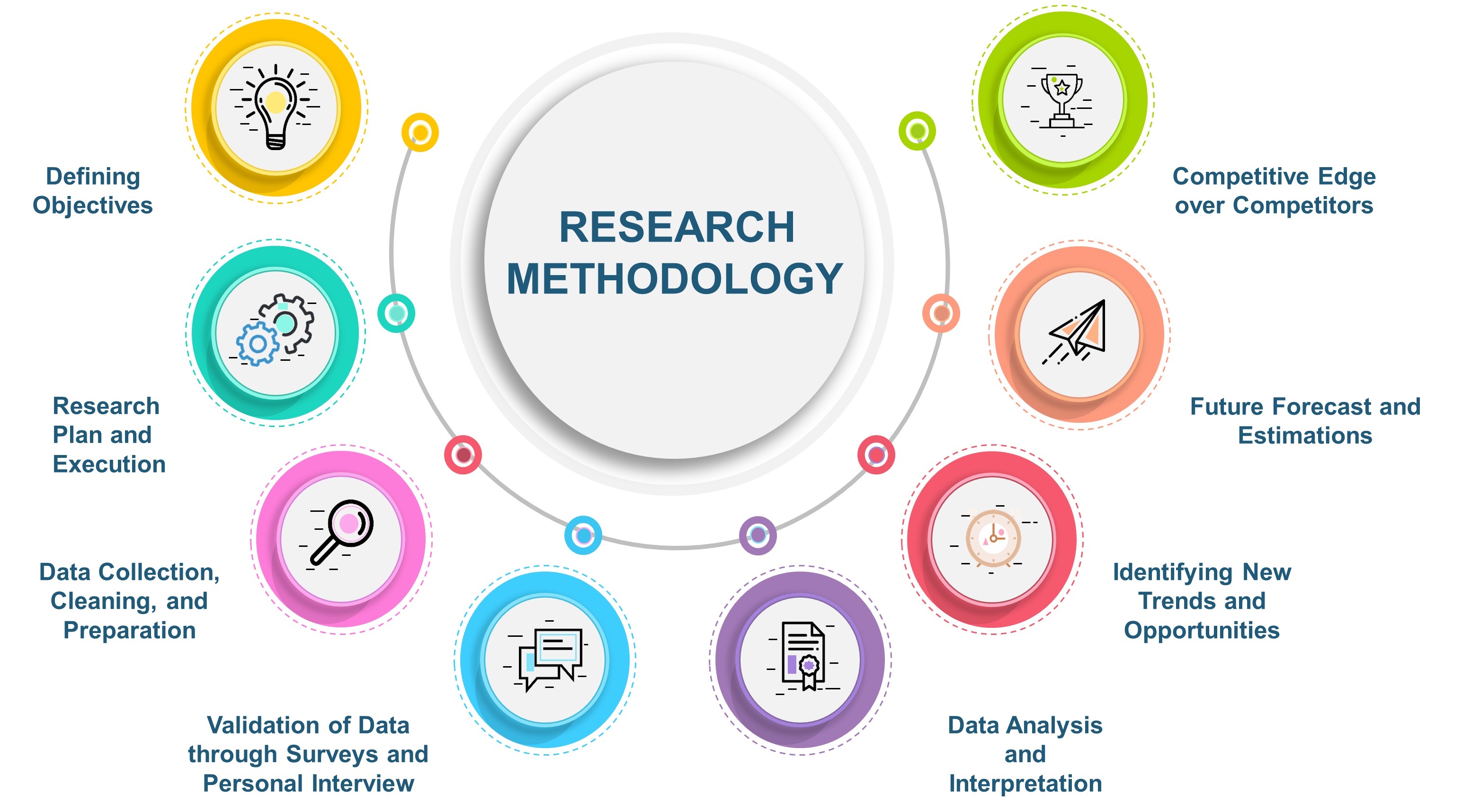
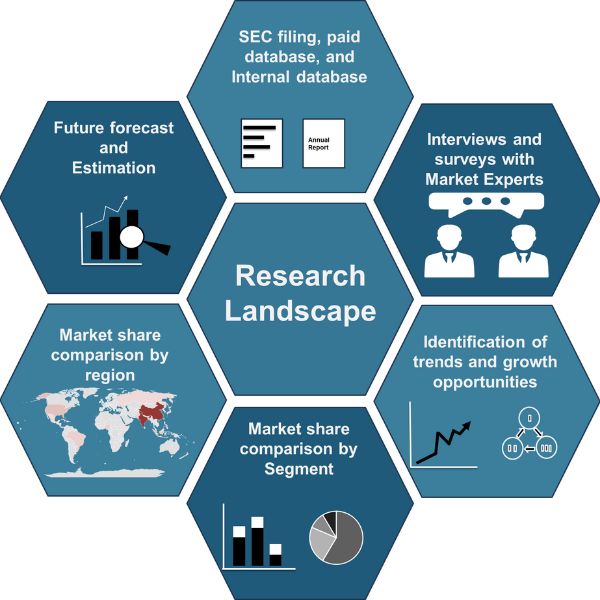

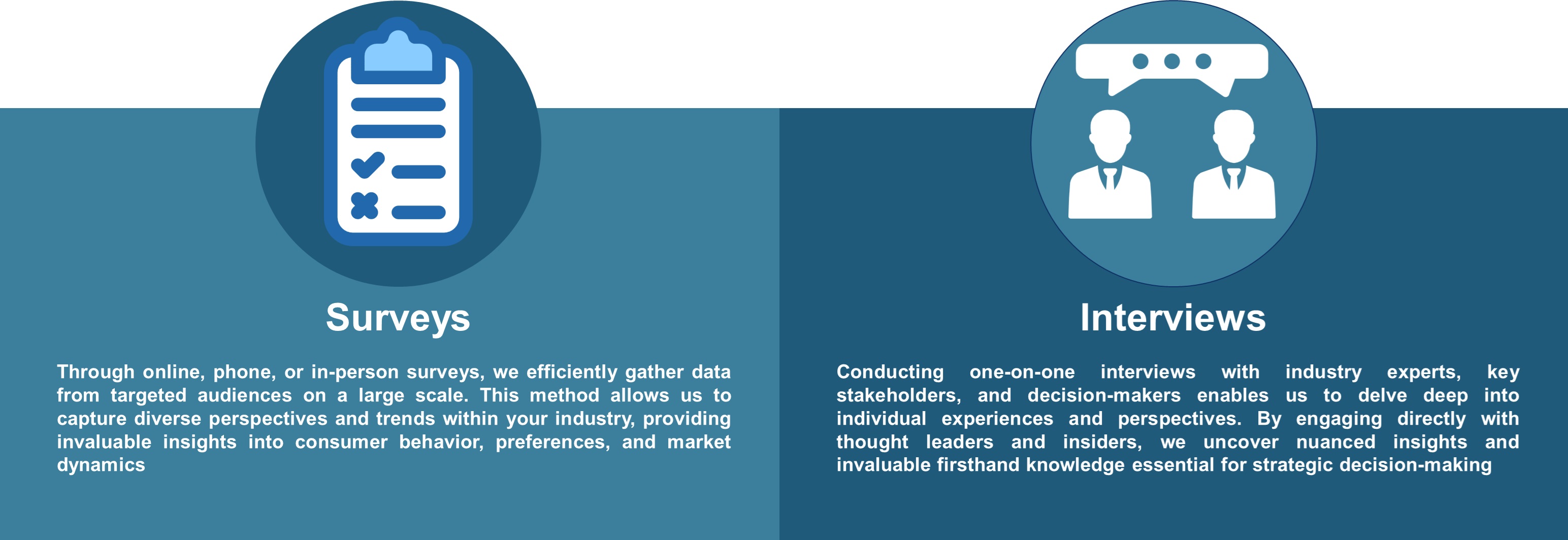



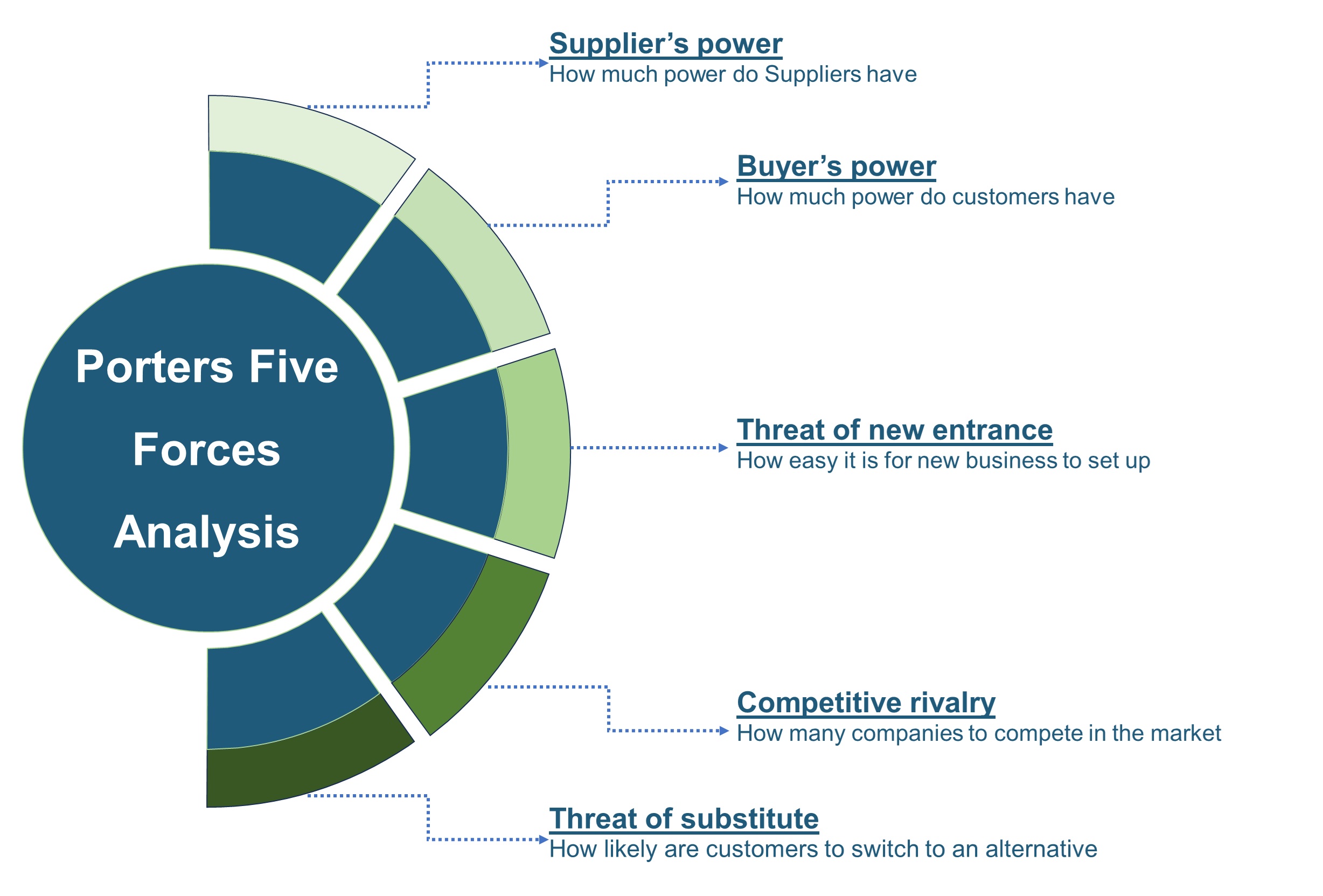

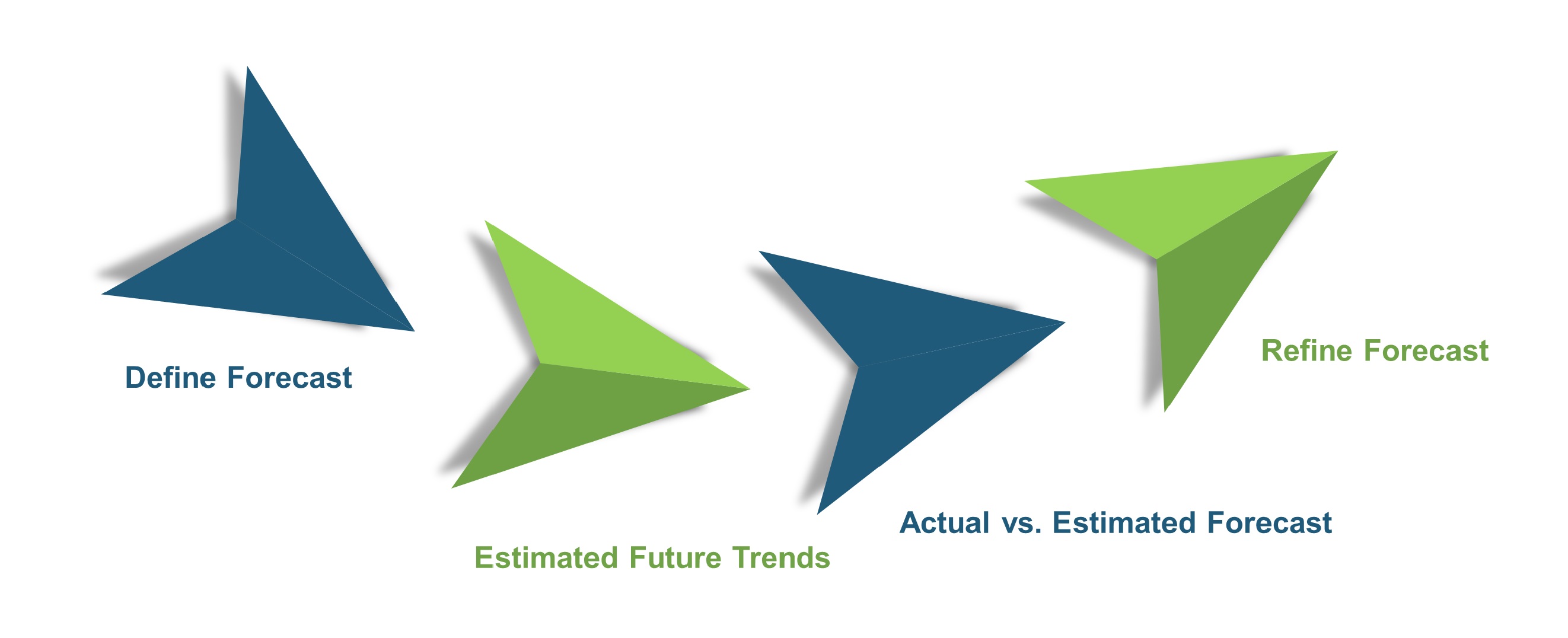
 Speak to Our Analyst
Speak to Our Analyst



